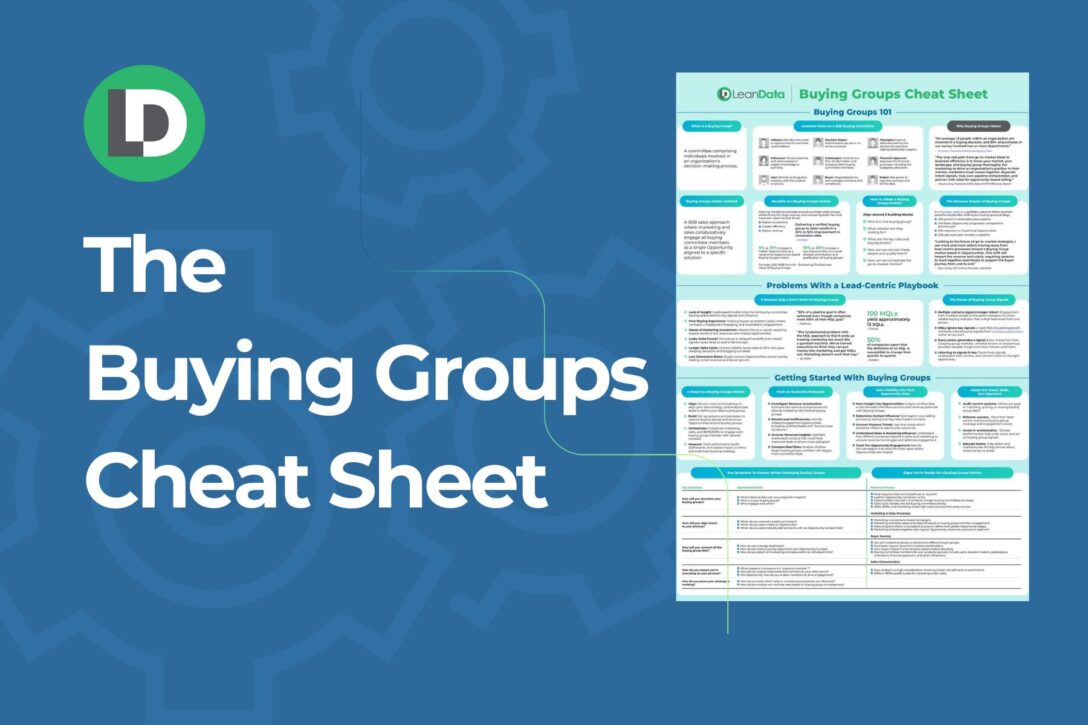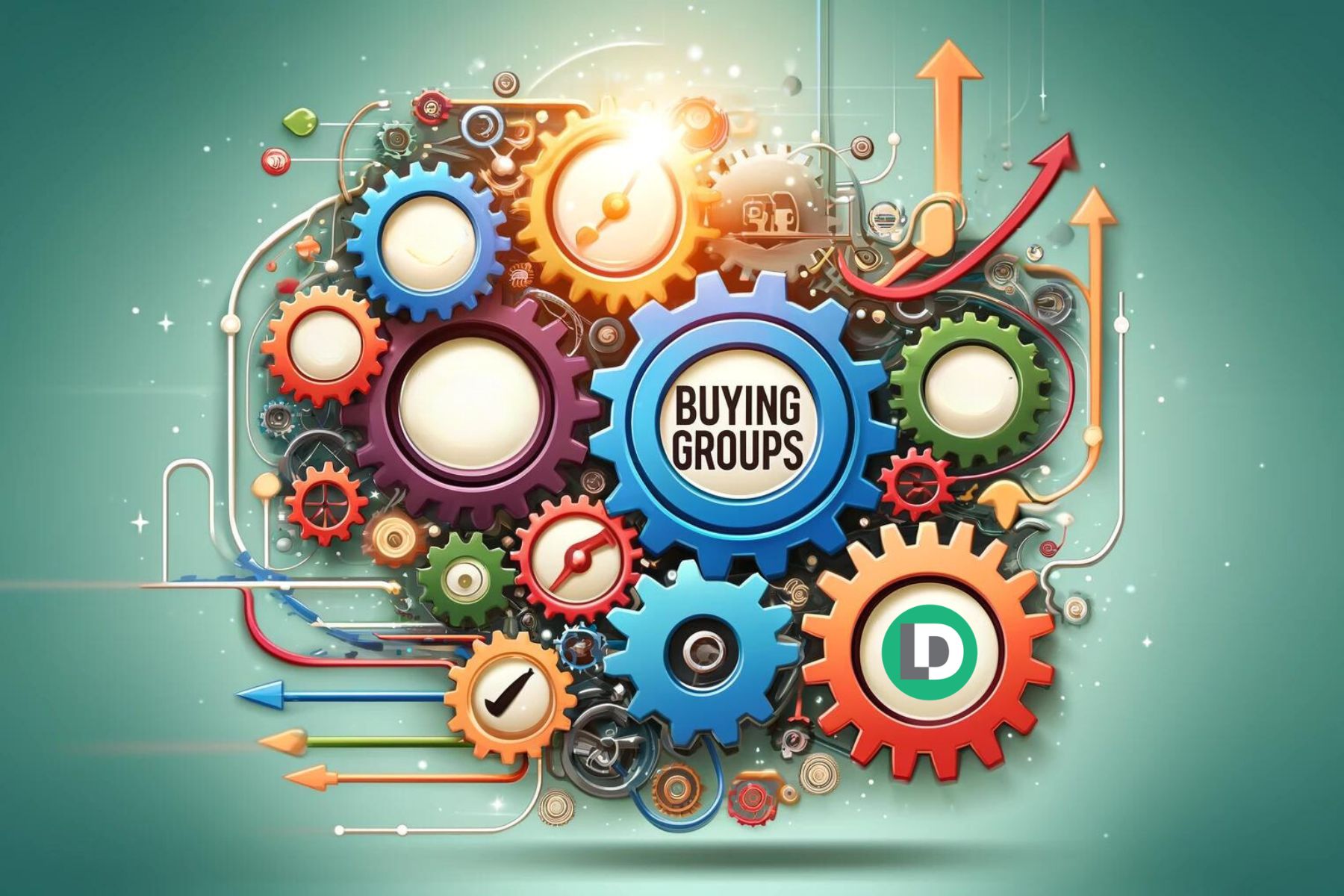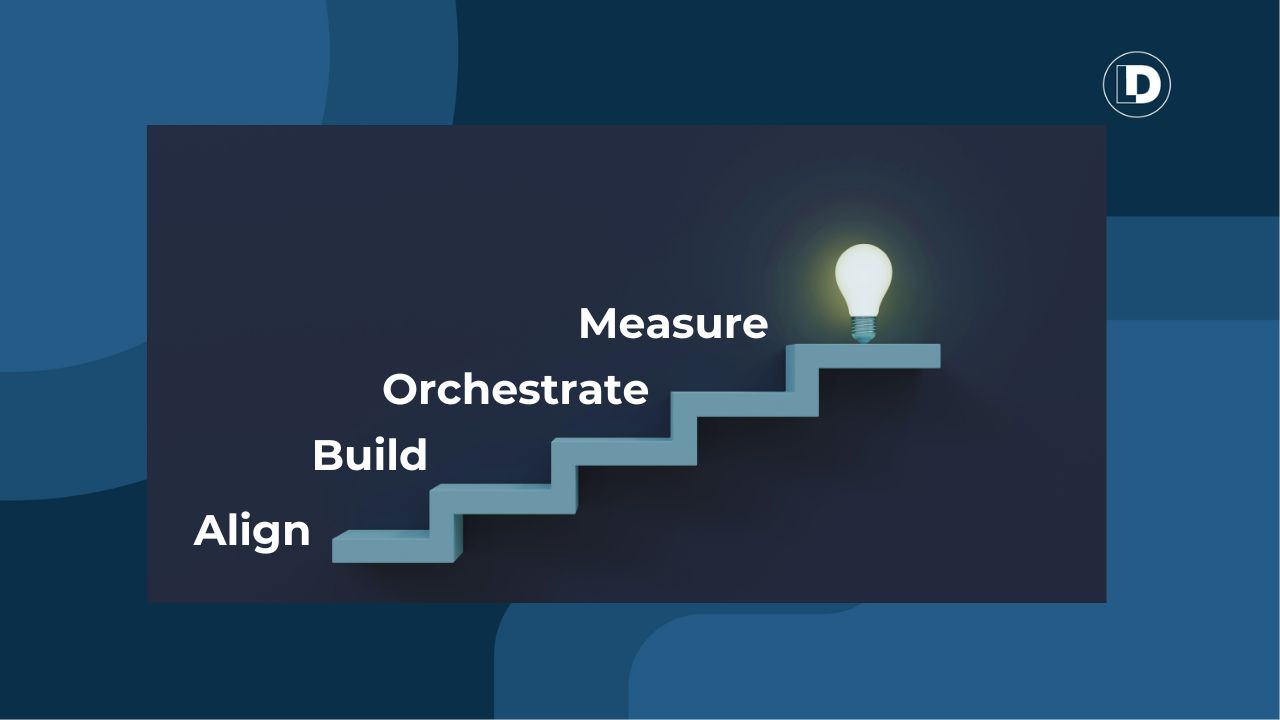How Buying Groups Bring ABM Strategy to Life
You spent months refining your ICP, syncing data providers, and launching personalized campaigns. Your ABM platform lights up with engagement signals.
But then something strange happens.
Pipeline stalls. Momentum fades. The handoff to sales never happens.
This is the frustrating gap between account targeting and revenue execution. And it’s exactly where Buying Groups can help.
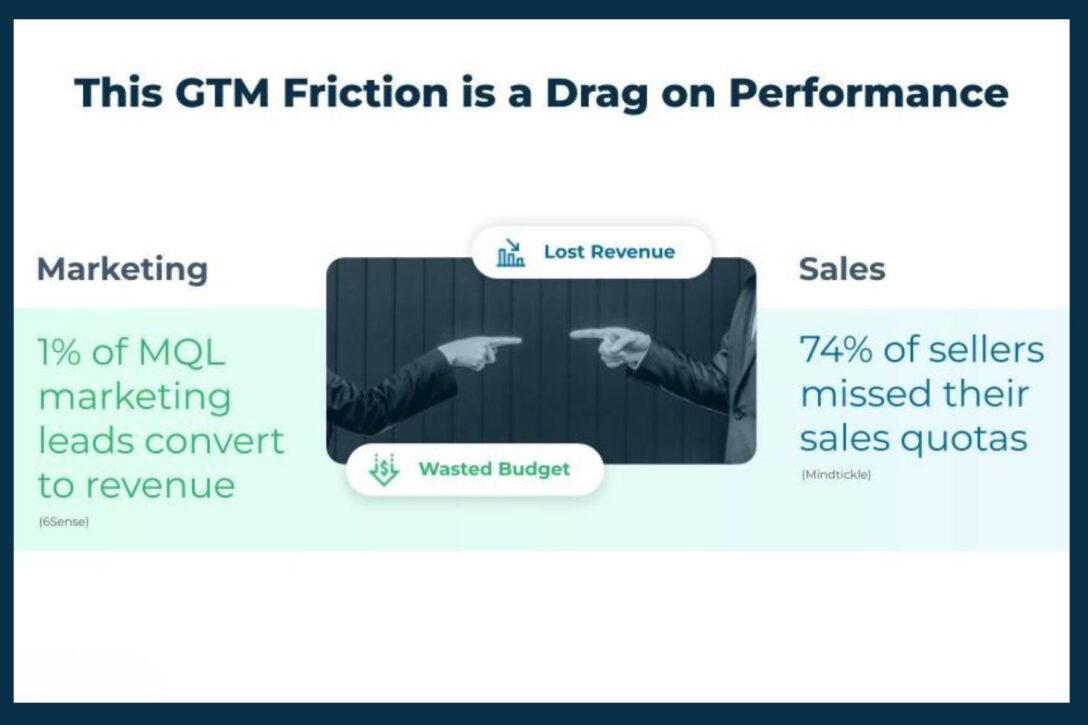
ABM Finds the Right Accounts. Buying Groups Find the Right People.
Account-based marketing changed how companies think about growth. Instead of chasing random leads, teams now focus on high-fit accounts using firmographic, technographic, and intent data.
That shift helped marketing get smarter and more efficient.
But here’s the challenge.
While ABM tells you which accounts to target, it doesn’t tell you who to engage inside those accounts or how to coordinate that engagement across the buying committee.
Most ABM tools stop at the edge of your CRM. They surface account-level interest, but they don’t operationalize outreach across roles, titles, and personas.
As a result, sales teams get handed one or two leads, often with little context. And too often, they’re not the real decision-makers.
What Buying Groups Actually Do
Buying Groups take the account interest surfaced by your ABM programs and break it down into the real human connections behind a deal. They help you identify and engage key roles like:
- Economic buyers
- Technical evaluators
- Champions
- End users
Instead of viewing signals through a lead or even account lens, Buying Groups track engagement across all the personas involved in an opportunity. Then they bring that data into your CRM, so reps and marketers can work from the same playbook.
This shift has real impact. When companies engage at least three members of a buying committee, win rates double. Sales cycles shrink. Late-stage deal losses decline. And, pipeline grows with opportunities that used to be missed entirely.
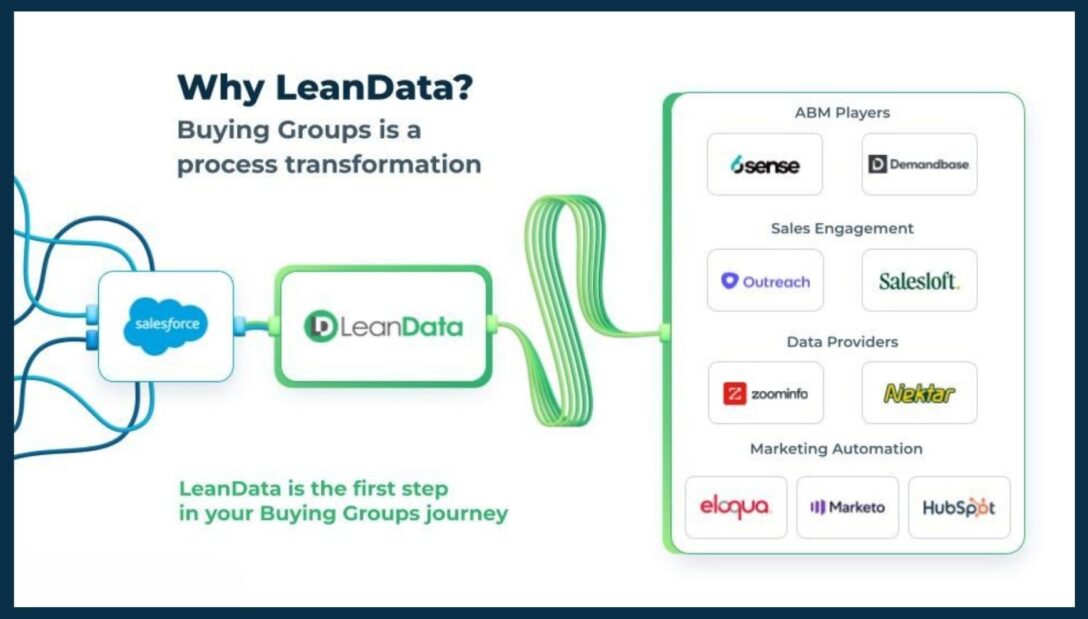
Bringing Buying Groups to Life in Salesforce
If your ABM strategy is the targeting engine, then your CRM should be the execution engine. That’s why Buying Groups need to operate inside Salesforce, where sales and marketing teams already work.
LeanData’s Buying Groups Edition helps teams do exactly that. It provides a native Salesforce layer that organizes and tracks buying group engagement throughout the deal cycle. Here’s how it works:
First, identify your buying group segments.
You can define these by product line, geography, or account size. For each segment, you set the roles and engagement types you want to track. For example, a webinar registration might count for some segments, but not others.
Next, capture relevant signals across tools.
LeanData pulls in signals like campaign activity, meeting history, form fills, and more. Then it links those actions to real people tied to specific opportunities.
Then, build the buying group profile.
Within Salesforce, LeanData creates a custom object that shows every engaged persona, what they’ve done, and what role they may play in the deal. Reps and marketers can see who’s involved, who’s missing, and how to fill the gaps.
Finally, route the opportunity with full context.
Instead of passing one lead to sales, you route an entire buying group journey. Sellers don’t just get a name. They get the full picture of who’s involved, what they care about, and how to move the deal forward.
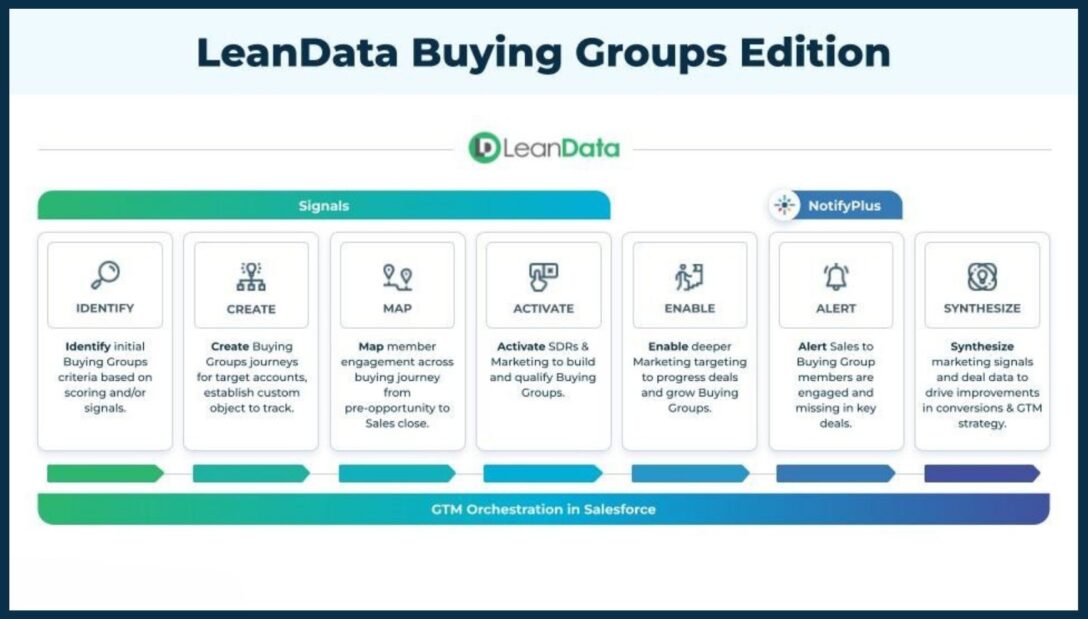
Why Marketing, Sales, and Operations Leaders Should Care
Buying Groups are more than just a tactic. They are a bridge between marketing strategy and sales execution. For different leaders across the revenue organization, the value shows up in specific ways.
For CMOs:
Buying Groups turn ABM investments into trackable pipeline. You can finally connect account-level interest to real opportunity progression. Plus, you give your sellers a way to act on signals instead of ignoring them.
For Revenue Operations:
A Buying Groups motion brings standardization, visibility, and control into Salesforce. You can define roles, track outcomes, and report on metrics like buying group completeness and time to engagement.
For Sales Leaders:
Instead of starting with a single lead and little context, your reps get visibility into the full buying committee. That means better conversations, faster velocity, and fewer surprises late in the deal cycle.
For Marketing Operations:
Now you can orchestrate campaigns to fill in gaps in persona coverage. If your deals are stalling because you’re missing the economic buyer, you can build plays that fix that. You’re no longer flying blind.
> 30 D
15 %
Key Metrics to Watch
Once you start adopting Buying Groups, you’ll want to track progress. Some of the most valuable KPIs include:
- Percent of target accounts with active buying groups
- Average number of personas engaged per opportunity
- Time from first signal to multi-threaded outreach
- Percent of opportunities with complete buying group roles mapped
- Revenue influence from marketing on multi-threaded deals
These metrics give you insight into not just volume, but deal quality and speed. Plus, they give your executive team proof that the new motion is working.
From Strategy to Revenue: A Better Way Forward
ABM tells you which accounts to target. Buying Groups show you how to win them.
When you combine the two, you move from fragmented signals to coordinated action. From isolated leads to complete committees. From guessing who matters to knowing exactly who to reach.
Buying Groups give your ABM programs teeth. They turn interest into action. And, they help your team work the way buyers buy.
If you are already running ABM plays but still struggling to turn signals into pipeline, this may be the next move your GTM motion needs.








